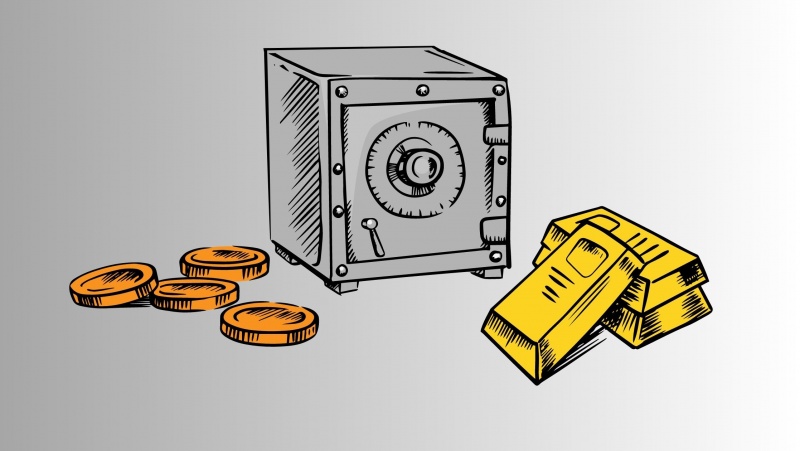A Brief History of Precious Metals & Monetary Systems
A fascinating and complicated topic that covers thousands of years is the history of money and precious metals. Different precious metals have historically been employed as a store of value and a kind of currency.
Earlier eras:
Since the dawn of civilization, gold and silver have been regarded highly and employed as a means of commerce. Gold coins were a common type of money in ancient civilizations like the Egyptian, Greek, and Roman.
The Middle Ages
Coins made of silver and gold were still in circulation during the Middle Ages. Kingdoms and empires produced coins to facilitate trade and commerce.
The Advent of Paper Money
In Europe, paper money first appeared in the 17th century. Gold and silver were used as the initial backing for paper money.
International Gold Standard
Many nations linked their currencies to gold during the late 19th and early 20th centuries, establishing an international gold standard for global trade and economic stability.
The Great Depression, and World War II
The Bretton Woods system, which saw the main currencies pegged to the dollar, which was in turn backed by gold, after World War II, marked the transition to fiat currency. The U.S. eventually abandoned the dollar’s gold convertibility in 1971 and switched to a fiat currency system, which led to the eventual collapse of this system.
Present Monetary Systems
Fiat Currency: The value of fiat currency is derived more from the confidence and trust people have in the government that issues it than from the backing of any tangible goods.
Reserve Currencies: Some currencies, like the US dollar, have become the world’s primary units of payment.
Reserve Asset: Gold is a component of the foreign exchange reserves held by central banks worldwide. It can help preserve trust in a country’s monetary system and act as a hedge against currency swings.
Exploring the Impact of Precious Metals on Global Economies
In the past and even now, precious metals like gold, silver, platinum, and palladium have had a major influence on the development of world economies.
- Precious metals are held as reserve assets by investors and central institutions to offer stability and confidence during financial crises.
- Trading in precious metals increases market liquidity and opens investment options.
- The fashion and luxury goods sectors’ economic activity, employment, and commerce are all driven by demand for jewelry.
- Economic progress and technical development are aided by the need for precious metals in industrial applications.
- The mining and production of precious metals underpin the global mining sector, creating jobs and promoting economic expansion.
- Historically, precious metals have been a common form of payment in cross-border transactions. As part of their foreign exchange reserves, central banks also keep precious metals.







